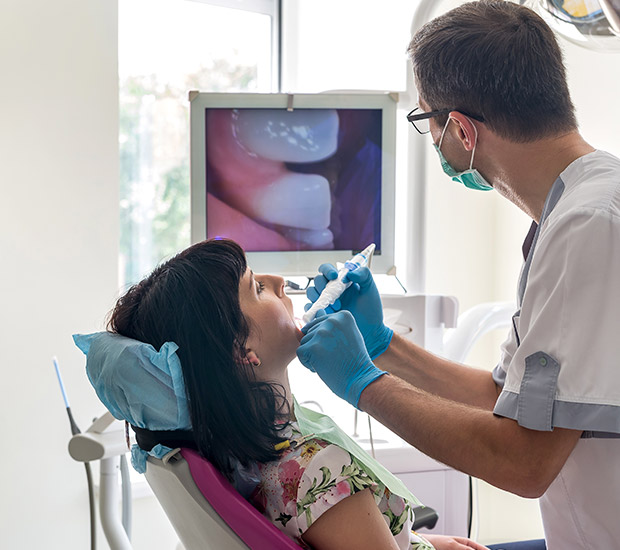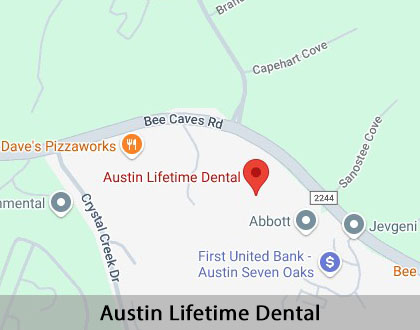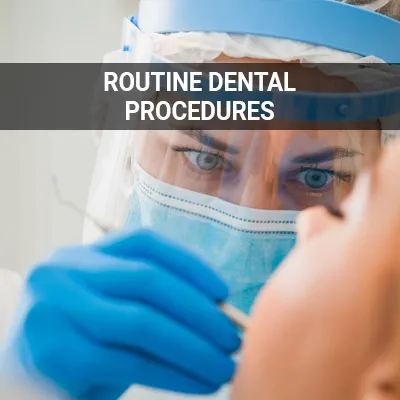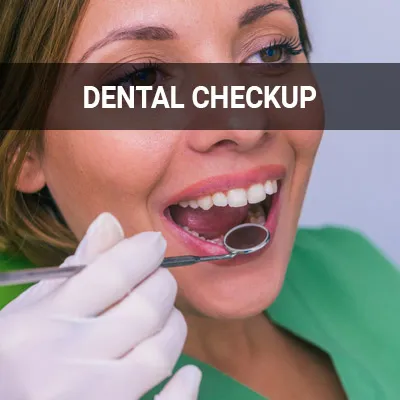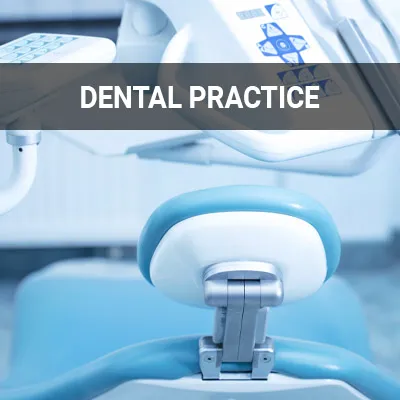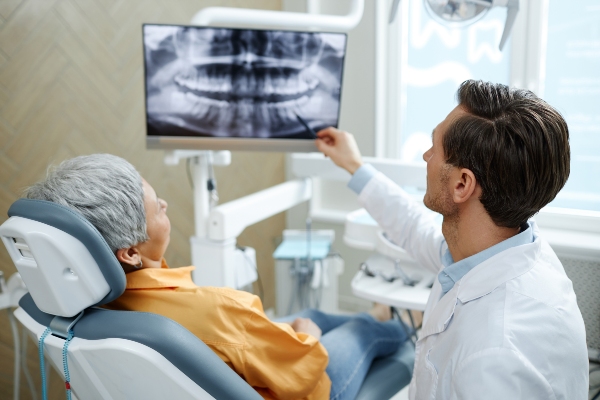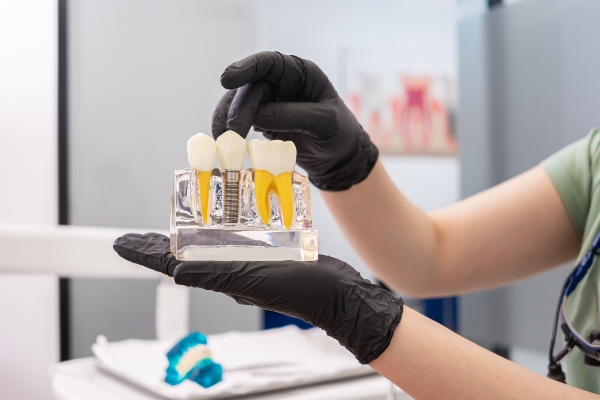Intraoral Photos Austin, TX
Intraoral cameras allow dentists to expand their interpretation and perception of a patient's condition. They also assist in the execution of a well-made, personalized treatment plan. Intraoral photos may reveal any defects in the teeth and other parts of the oral cavity that may have otherwise gone unnoticed.
Dental photos are available at Austin Lifetime Dental in Austin and the surrounding area. Intraoral photography can help enhance patient education and expedite the healing process. Call us today at (512) 387-9049 to schedule an appointment or to learn more about our services.
The History of the Intraoral Camera
The first real intraoral camera was introduced in the late 1980s. However, it was cumbersome and not very cost-effective. A few years later, a new version was created that utilized a dental endoscope, a light source, and a micro camera. This model became the standard for many years.
In the decades since, the intraoral camera has gotten smaller and more advanced. Today's cameras are lightweight and easy to operate. They can connect directly to computers and do not only take photos but high-quality videos as well. The images can be frozen and significantly magnified, which allows the dentist and the patient to examine every aspect of each tooth.
“The first real intraoral camera was introduced in the late 1980s.”
When to Use Intraoral Cameras
Intraoral cameras are an invaluable diagnostic tool. They facilitate patient education and help dentists better communicate with their patients. They are used regularly in dental examinations, particularly when determining accurate charting, assessing caries risk, and identifying restorative materials (both existing and ideal). Intraoral cameras are frequently used in place of mirrors, probes, and radiographs to evaluate the teeth.
Furthermore, intraoral cameras can help dentists show the importance of oral hygiene. By allowing patients to visualize the state of their oral health, dentists can use intraoral cameras to demonstrate proper oral hygiene practices. This may also enable patients to better understand any oral health conditions they may be afflicted with and, thus, assist in informed decision-making in the future.
“…intraoral cameras are frequently used in place of mirrors, probes, and radiographs to evaluate the teeth.”
What Intraoral Photos Reveal
Since their inception in the 1980s, intraoral cameras have continually helped dentists make more accurate diagnoses, establish a foundation of trust for relationships with patients, and determine the best treatment course for each patient's unique condition. They are particularly apt at detecting occlusal cavities, especially in comparison to visual examinations and microscopes.
Dental photos can also help establish a baseline for any existing dental conditions. This makes it easier for dentists to evaluate the mouth for any suspicious lesions, recession, or other aberrations. They may include the teeth, gums, or oral tissue. It is easier to see when an amalgam filling needs to be replaced, such as when dental photos make existing stress lines, wear, and discoloration evident.
“Dental photos can also help establish a baseline for any existing dental conditions.”
Check out what others are saying about our dental services on Yelp: Intraoral Photos in Austin, TX
Intraoral Photos and Diagnosis
Even today, it is not uncommon for some dentists to diagnose certain conditions after an unassisted visual examination. Though these may sometimes suffice, a more in-depth inspection is occasionally necessary. Intraoral cameras allow dentists to take close-up photos of the teeth from angles that they could not otherwise see, facilitating the diagnosis process. This can even be true when a patient has undergone an X-ray, as certain conditions may be more apparent "in the flesh."
Taking dental photos regularly also allows dentists to establish a "baseline" for a patient's mouth. Any aberrations from these photos will then be more easily identifiable as potential causes for concern. Dental photos can also make visits more convenient for the patients, who may have otherwise needed to be subjected to hours of visual examination for a proper diagnosis.
“Intraoral cameras allow dentists to take close-up photos of the teeth from angles that they could not otherwise see, facilitating the diagnosis process.”
Questions Answered on This Page
Q. What are intraoral cameras for?
Q. How can intraoral cameras assist in my treatment?
Q. What is the history of intraoral cameras?
People Also Ask
Q. What should a home oral care routine include?
Q. Why is it important to find the right general dentist?
Frequently Asked Questions
Q. What is an intraoral camera?
A. An intraoral camera is a tool used to examine your mouth in a detailed way. It is shaped like a large pen and has a camera that takes photos and sometimes videos. It is a high-tech version of the dental mirror.
Q. Who would benefit from intraoral photos?
A. If you are the type of patient who needs to see visual evidence of a diagnosis, an intraoral camera will provide extra information. Dental photos help you to see exactly what the dentist is seeing. These detailed images can show where there is decay or a crack that needs repair, even if you are not experiencing any symptoms.
Q. Does an intraoral camera hurt?
A. This type of camera is very small and specifically designed to be used inside of your mouth. Images are captured quickly and comfortably. It is more comfortable than a lot of other dental equipment, which can sometimes trigger your gag reflex.
Q. What can an intraoral camera be used for?
A. An intraoral camera allows the dentist to see parts of the mouth that are otherwise hard to navigate with traditional tools. It can help screen for oral cancer as an educational tool and help the dentist identify areas of concern, from cracks in fillings to small fractures. Patients can also see any areas that they miss when brushing and flossing.
Q. How often are intraoral photos taken and used?
A. Intraoral photography is used by most dental practitioners. It is recommended to be taken once yearly to ensure proper diagnoses and progression of any patient's oral health status. You may request to take intraoral photos at your next appointment.
Dental Terminology
Call Us Today
Dental photography can help patients better understand their conditions and maintain their oral health. We at Austin Lifetime Dental can help. Call us today at 512-387-9049 to schedule an appointment or to learn more about our services.
Helpful Related Links
- American Dental Association (ADA). Glossary of Dental Clinical Terms. 2025
About our business and website security
- Austin Lifetime Dental was established in 2022.
- We accept the following payment methods: American Express, Cash, Check, Discover, MasterCard, and Visa
- We serve patients from the following counties: Travis County
- We serve patients from the following cities: Austin, West Lake Hills, Barton Creek, Rollingwood, Lost Creek, Tarrytown, Hyde Park, Oak Hill, Austin Lake Hills and Bee Cave
- Norton Safe Web. View Details
- Trend Micro Site Safety Center. View Details
Back to top of Intraoral Photos
